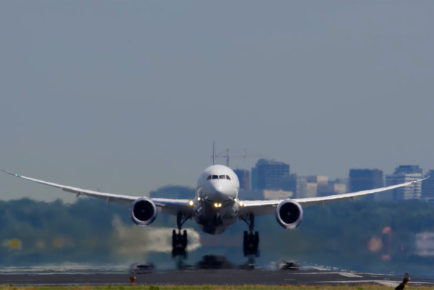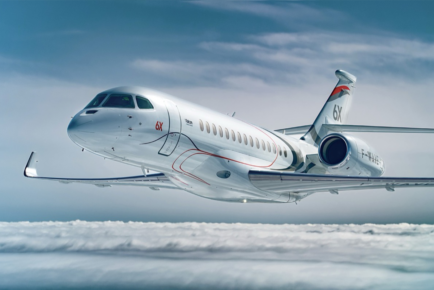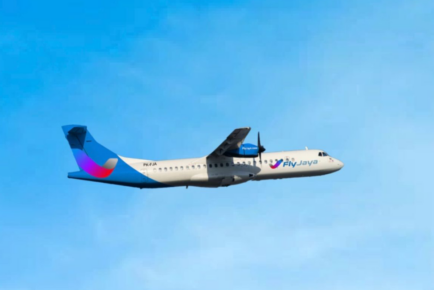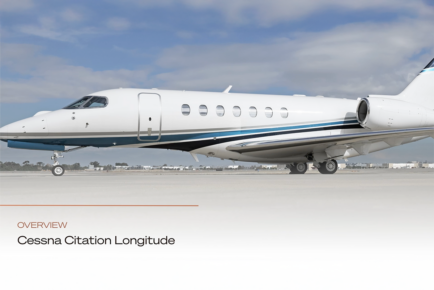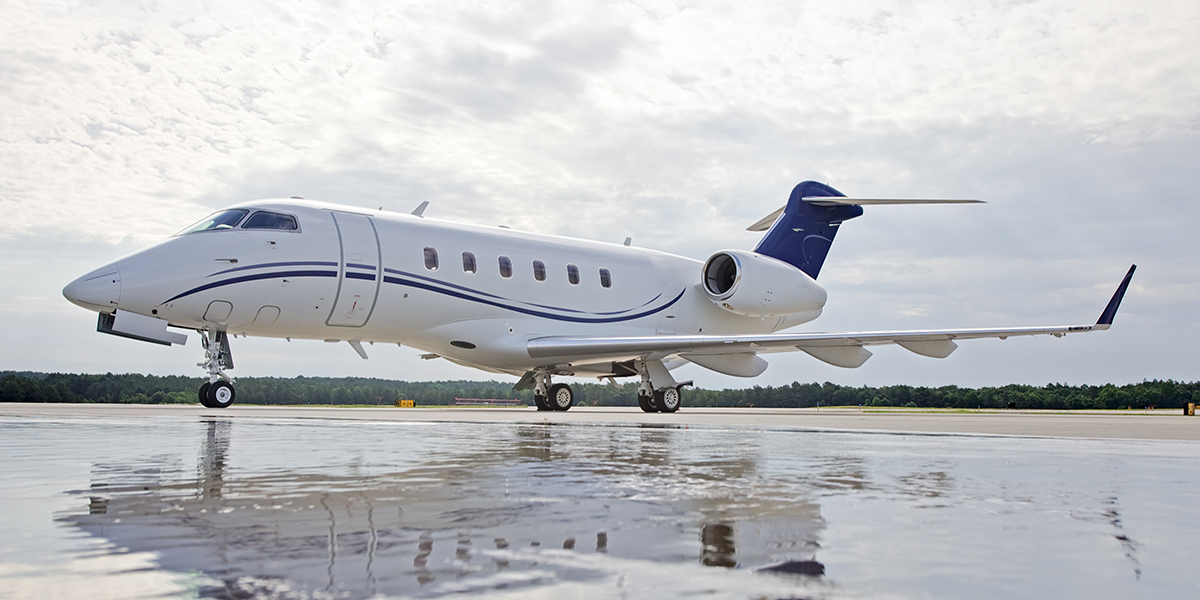
Product Overview
The Challenger 300 is a mid-size business jet offering long-range capabilities in a typical eight-passenger cabin and promising passenger comfort, performance, reliability, and good operating economics. In the 1990’s business jet manufacturers envisioned the super-midsize category and the Challenger 300 was Bombardiers response to that vision.
As of August 2018, 50% of the Challenger 300 aircraft were purchased pre-owned by their current owners, the other 50% new. 4.8% are for sale with the majority of those (82%) under an exclusive broker agreement. When for sale, the average time on the market is 149 days.
Brief History
The Challenger 300 was launched at the Paris Air Show on July 13, 1999, at which time it was called the Bombardier Continental. It was a clean sheet design assembled in Bombardier’s Learjet plant at Wichita Mid-Continent airport, Kansas. The jet was renamed in September 2002 after much debate about which category (Learjet, Challenger, or Global) the new aircraft fit into. FAA type certification was received in June 2003, with entry into service in January 2004. A total of 457 Challenger 300 aircraft were manufactured, 2 are retired and 1 is at the manufacturer.
Worldwide Appeal
There are 454 Challenger 300 aircraft in operation today. Most of these are wholly owned (412) with 9 in shared ownership and 33 in fractional ownership. 11% are currently leased. North America has the largest percentage of wholly owned Challenger 300 aircraft (84%), followed by Europe (8%). Flexjet has the largest fleet of Challenger 300 aircraft (32).
Highlights
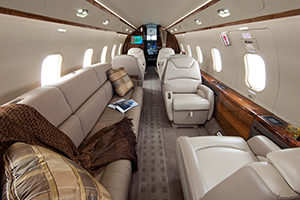 Performance
Performance
Two Honeywell HTF 7000 engines power the Challenger 300 each offering 6,826 pounds of thrust and using a combined 266 gallons per hour (GPH). The range of the Challenger 300 is 3,250 nm operating under NBAA IFR 4 passengers with available fuel.
Interior
The cabin volume for the Challenger 300 is 930 cubic feet. Typical configuration features 8 passenger and 2 crew seats.
Speed
| Maximum Cruise Speed: | 470 kts | 870 km/h | ||
| Long-range Speed: | 459 kts | 850 km/h |
Airfield Performance
| Takeoff distance: | 4,810 ft (1,466 m) | (SL, ISA, MTOW) | ||
| Landing distance: | 2,290 ft (698 m) | (SL, ISA, MLW) |
Operating Altitude
| Maximum operating altitude: | 45,000 ft (13,716 m) |
Noise Level (EPNdB)
| Takeoff: | 75.5 |
|---|---|
| Flyover: | 89.6 |
| Approach: | 87.6 |
Weights
| A. | Maximum ramp weight: | 39,000 lb (17,690 kg) | ||
| B. | Maximum takeoff weight: | 38,850 lb (17,622 kg) | ||
| C. | Maximum landing weight: | 33,750 lb (15,309 kg) | ||
| D. | Maximum zero fuel weight: | 27,200 lb (12,338 kg) | ||
| E. | Standard basic operating weight: | 23,850 lb (10,818 kg) |
Avionics
Rockwell Collins Pro Line 21
ADS-B Out
Of the 454 Challenger 300 in operation, 426 (94%) have ADS-B Out installed.
Resources
Click here to view the online range map. To receive a more detailed custom range report including detailed aircraft comparisons, contact us at +1 919 941 8400 or [email protected].
Click Here to view Bombardier Challenger 300 aircraft for sale by Jetcraft.
SIGN UP FOR OUR MONTHLY JETSTREAM RECAP
Don't miss future Jetstream articles. Sign up for our Jetcraft News mailing list to receive a monthly eblast with links to our latest articles. Click to join the 1,800+ subscribers on our mailing list.
